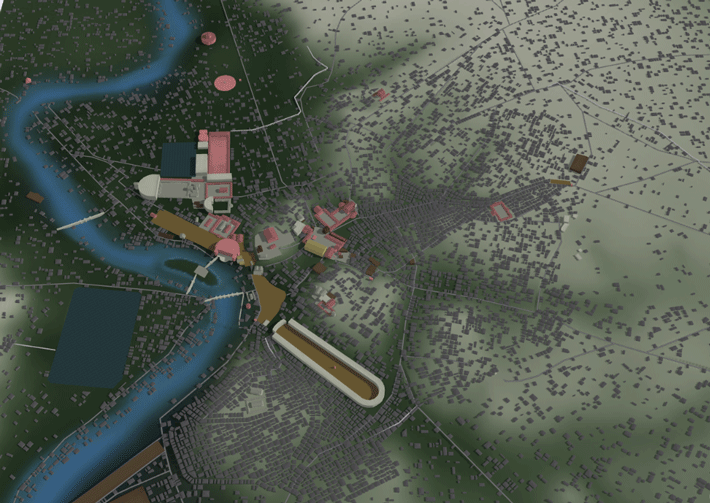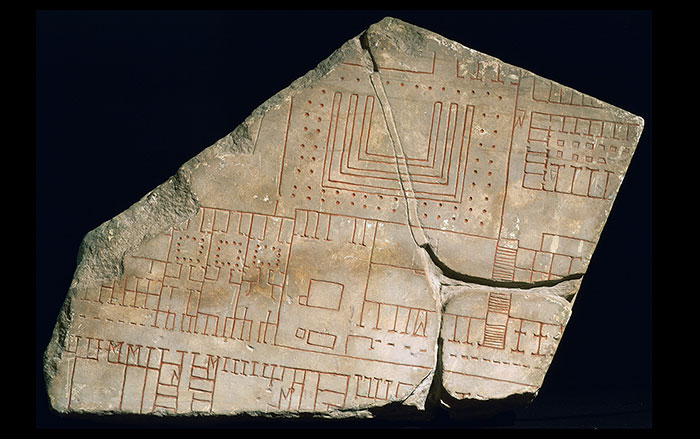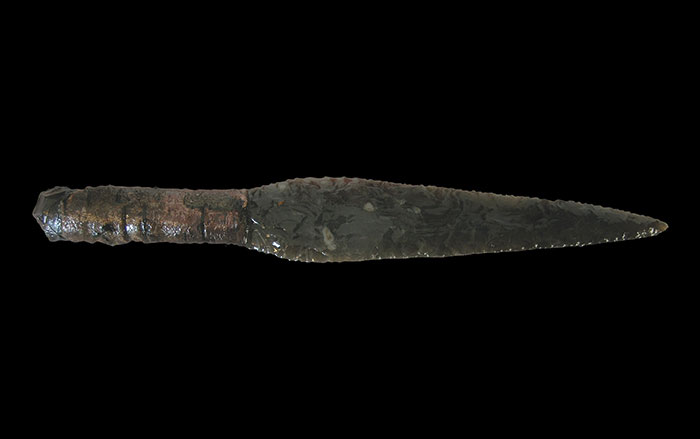
LOS ANGELES, CALIFORNIA—Architectural historian Diane Favro of the University of California, Los Angeles, has employed advanced modeling software to reconstruct the city of Rome in its entirety over the period of the rule of Augustus Caesar, from 44 B.C. to A.D. 14. According to legend, Augustus boasted, “I found Rome a city of bricks and left it a city of marble.” Favro’s model uses a technique called procedural modeling that automatically regenerates as new information is added. The buildings are represented by massing models that are color-coded: marble buildings are pink, brick buildings are gray, and buildings under construction are yellow. She found that only a small proportion of the buildings in Augustan Rome were converted from brick to marble, and that they would have been difficult to see from ground level. “Given the literary descriptions and artwork, I thought these glittering marble temples on high would be very visible, but they were not,” she explained. She thinks that the movement of Carrara marble blocks from the northwest coast of Italy through the city probably caused congestion on the streets and created the illusion of a city of marble. “Because they saw construction taking place constantly, I believe people really did think that Rome had been transformed into marble. But in reality, the city did not greatly transform.” To read about how the construction of Rome's port fueled the empire's rise, see "Rome's Imperial Port."









